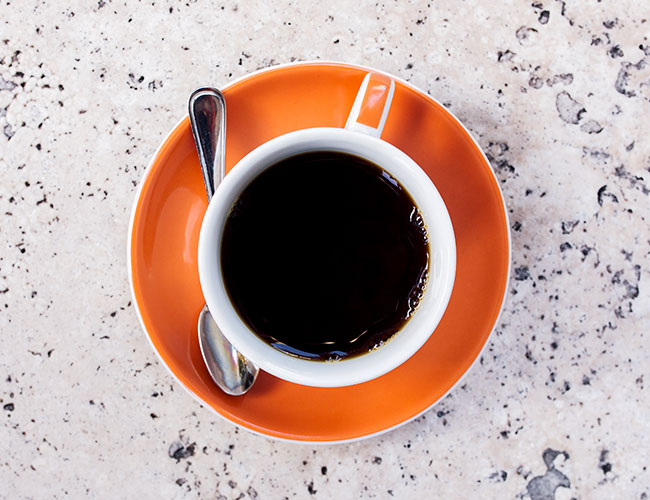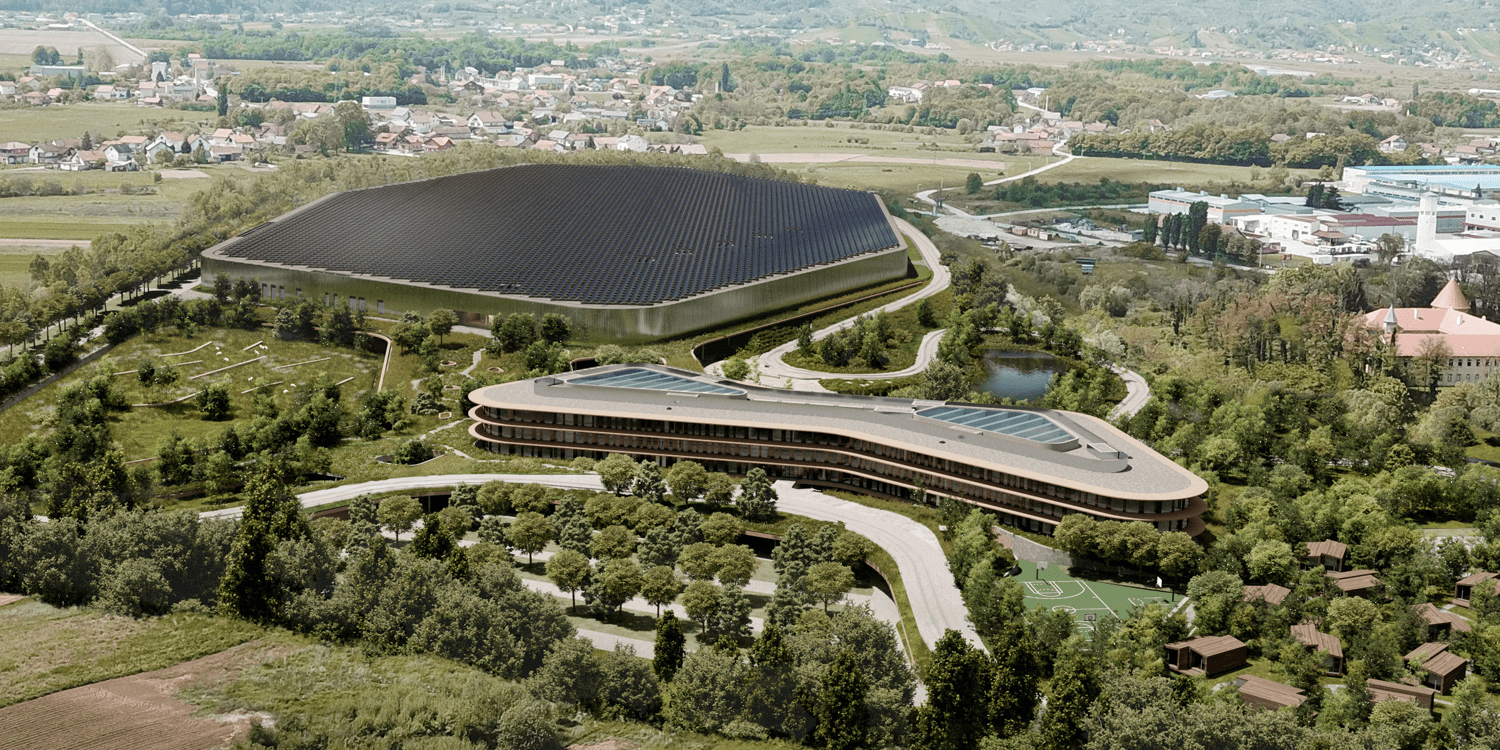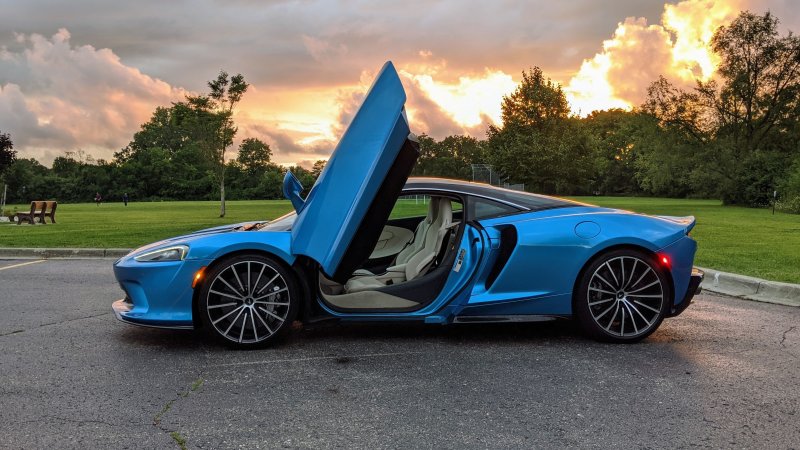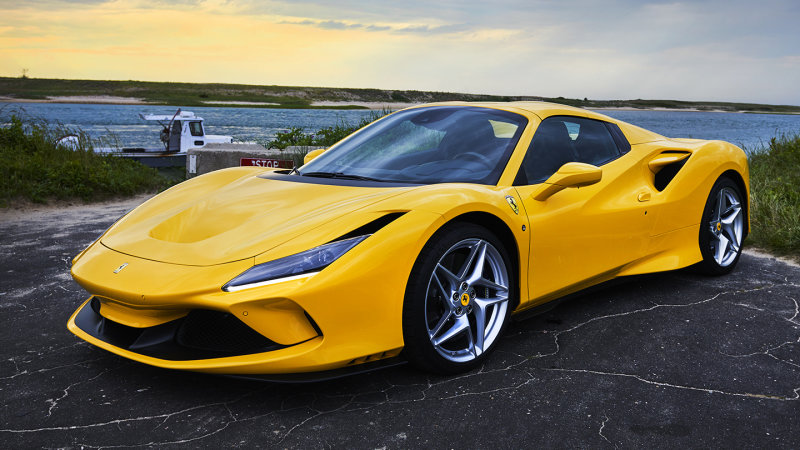When we start buying boxes that look like cigarette boxes in order to make a mineral-ideal cup of coffee, it’s worth asking ourselves, “Have we gone too far?” With Third Wave Water’s improbable appearance on Shark Tank, preceded by similarly improbable Kickstarter success before that, the answer seemed like a firm no. The product promises to improve your coffee’s flavor and balance by way of a specific amount of minerals that, allegedly, are most conducive to brewing truly great coffee. With the guidance of seasoned coffee professional Chloe Langham, alumni of Metropolis, Stumptown and current coffee educator at Toby’s Estate Brew School, I decided to dissect the need and value of such water, and if Third Wave’s coffee water-perfecting packets actually work.
The Good: “When you’re brewing a cup of coffee, you need water with a specific mineral content to get the most-rounded flavor,” Langham says. “Basically, water is the catalyst that extracts coffee’s flavor, coffee grinds are porous and each pore has different flavor compounds waiting for extraction. Those compounds can only be broken down and brought into the coffee with certain minerals, and Third Wave’s packets put those minerals in your water at home.”
I made cups of coffee in my New York apartment using tap water, bottled water, distilled water and Third Wave-treated distilled water and, to my surprise, could tell a fairly significant difference. Langham, whose used Third Wave Water packets at home and work, expounded:
“It definitely ups the flavor complexity of the coffee. You’ll notice more delicate notes without having coffee that lacks body, and it will act as a balancing agent so you don’t get a cup that tastes overly bitter, acidic or light — it’s sort of the simplest solution and very effective at what it does. It’s pretty remarkable, the level of complexity, intensity and balance it brings to a cup of coffee.”
It’s also used and endorsed by a U.S. Coffee Championship winner.
Who They’re For: Someone in between the everyday drinker and enthusiast, who’s also willing to invest more time and thought into making mornings a bit better. I’m by no means an expert and was pleasantly surprised to taste a discernible difference between the cups I tested (between the Third Wave-treated cup and tap, specifically).
“I don’t know if the average consumer will be like ‘oh my god this is such a huge difference,’” Langham jokes, “but this isn’t just for professionals to make better coffee at home or people with degrees in chemistry.”
Watch Out For: Because the premise here is to reach the ideal mix of minerals to pull those tiny pockets of flavor from your coffee grind, and Third Wave Water’s ingredients are static minerals and not their own filtering agent, the problem is: how do you use it with tap water that has its own mineral makeup that varies drastically from region to region? Langham put it to me this way:
“In New York, the water is soft, meaning it’s very low in minerals and could use the added minerals from Third Wave. But in Los Angeles, the water is hard, meaning it’s already got plenty of minerals in there. Adding more will result in coffee that drowns out the more delicate flavors.”
So what is the intrepid coffee geek to do if he or she lives in a place with water with high mineral content? For best results, go distilled.
“It’s definitely best used with distilled water because it’s just the right amount of everything you’d need — it adds to the water but it won’t filter out what’s already there. They recommend you use it with spring or filtered water, but I think for best results distilled is where it’s at,” Langham says.
If you’re so inclined — like, really inclined — you can develop an understanding of the water hardness in your area using the U.S. Geological Survey’s 2016 Water Hardness guide.
Alternatives: Seeing as the commercial filters cafes install between their water lines and brew machines are both exceedingly expensive and tedious to maintain, their viability is more or less limited to the professional space. The same story goes for reverse osmosis machines, which take tap water and remove all solids in it.
Peak Water, a filtration jug co-designed by a guy who wrote an entire book on coffee water, recently launched on Kickstarter and looks promising, but it maintains one important difference. “It’s good for the opposite of what Third Wave is good for,” Langham says. “It doesn’t add any minerals to the water, but it filters out all the stuff you don’t want and leaves you with the ideal mix.”
Essentially, the Peak Water jug can fix water with too many minerals. But if it doesn’t already have the baseline minerals, you’re not going to get much out of it.
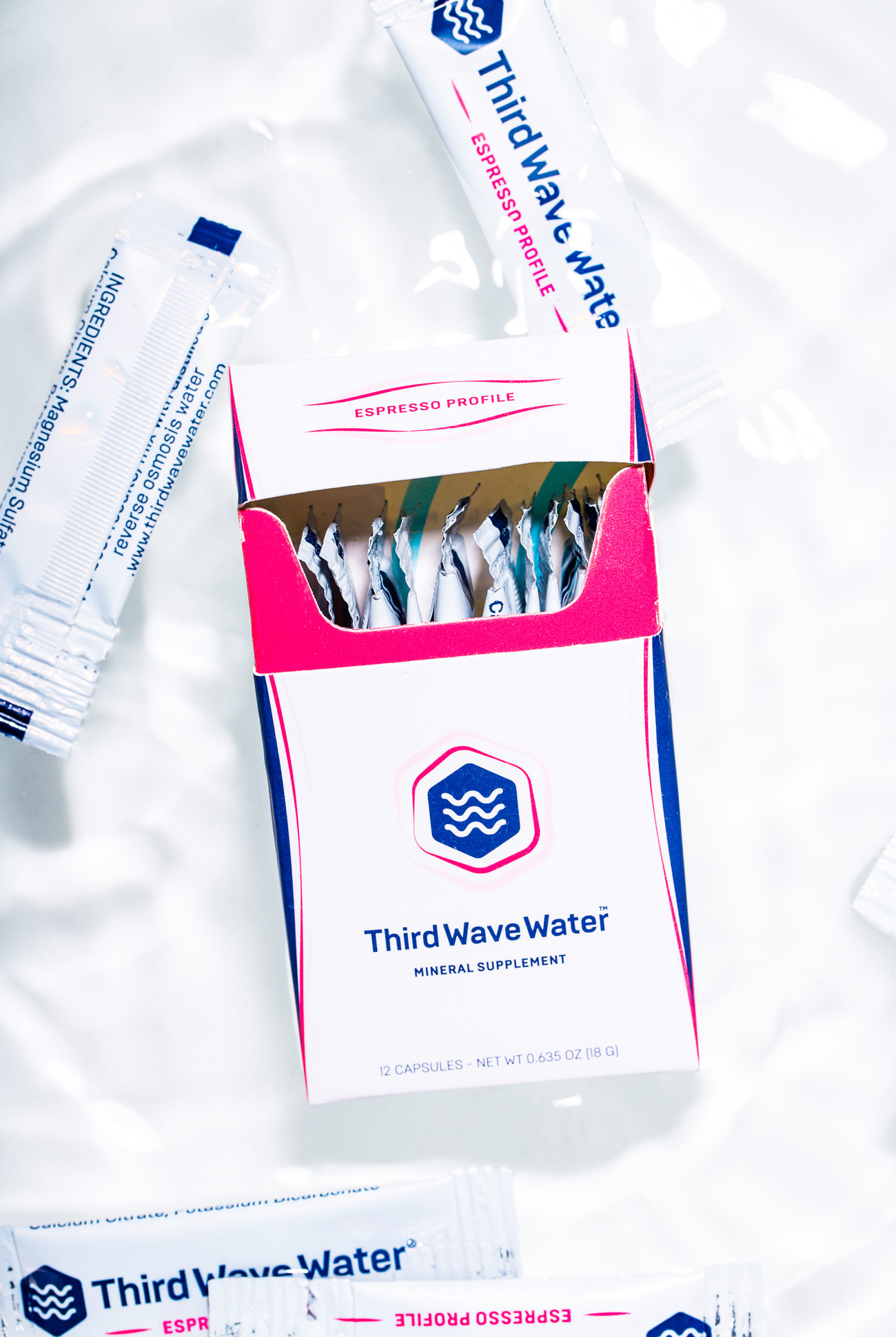
Review: It should be noted I am not a trained barista or coffee professional, but I do drink my fair share of coffee.
I tested Third Wave Water by making multiple cups of coffee using New York tap water, typical bottled spring water, distilled water and Third Wave-treated distilled water using the same bean grind setting, amount of beans, water temperature and pour time for each. Upon tasting, there is significant differentiation between cups of Third Wave-treated water and others, evenly aligning with our expert’s analysis. Plain old distilled water has very little body to it and barely carried real coffee taste (it tasted more like someone mixed hot water with already brewed coffee). New York City tap is famously soft (low in minerals), and provided a better cup overall than distilled. The bottled spring water produced the most bitter of each water type, which Langham said was likely due to an excess of mineral content, but was still more enjoyable than tap or distilled alone. Finally, Third Wave-treated water brought about a more dainty cup — one I could pick up on flavors other than bitter and acidic.
As far as use goes, the instructions plastered on their website and label are about all you need to know: Mix, Shake, Brew. There’s not much more to be said on ease of use.
Verdict: It’s an odd product. Reason tells me you should make coffee with whatever water you have access to or, if you live in a place with less than stellar tap, just grab gallons of whatever your grocery store has. But Third Wave is so inexpensive and so simple to use, and it genuinely does have an effect. Coffee was brighter and more palatable when black, and I was yearning less for cream than I typically do with coffee at home. If you’re up for a cheap weekend experiment that will make you feel equal parts barista and Bill Nye, love coffee and want to simultaneously impress and confuse visitors, it’s worth a shot. If you’re into coffee out of need and don’t want more steps added to the morning routine, look elsewhere — this isn’t your innovation.
What Others Are Saying:
• “Third Wave Water is a great product for home brewers who want to enjoy consistently great coffee at home but don’t have access to an expensive water filtration system. Although buying distilled water and the mineral packets will add to the cost of your morning cup, we think the taste benefits more than make up for the $2 it takes to make a gallon of Third Wave Water.” — Michael Butterworth, The Coffee Compass
• “Saw the product on Shark Tank, and thought we would give it a try. However, we have not found any difference in the taste of our coffee at all. Perhaps this is because we live in New York City and have very good water there. Have tried it both with distilled water and filtered tap water, and it all tastes the same. May make a big difference to perhaps a more discerning palette or where the tap water is not as good.” — David Kritchman, Amazon Review
• “Amazing! I’ve been trying make a nearly perfect cup of coffee at home for a couple years now. I always thought water quality was my issue. Tried a bunch of different bottled waters from Fiji, Evian to Ozarks etc.. my coffee always came out with a little bitter. No more, this product is the solution to bland, bitter coffee. Take your cup to the next level and since I’m a huge nerd, I figured out it only ads about $0.17 cost to your coffee experience.” — Staci Miller, Amazon Review
From Dylan Siemans, winner of the Brewers Cup at the 2017 U.S. Coffee Championships. Read the Story


